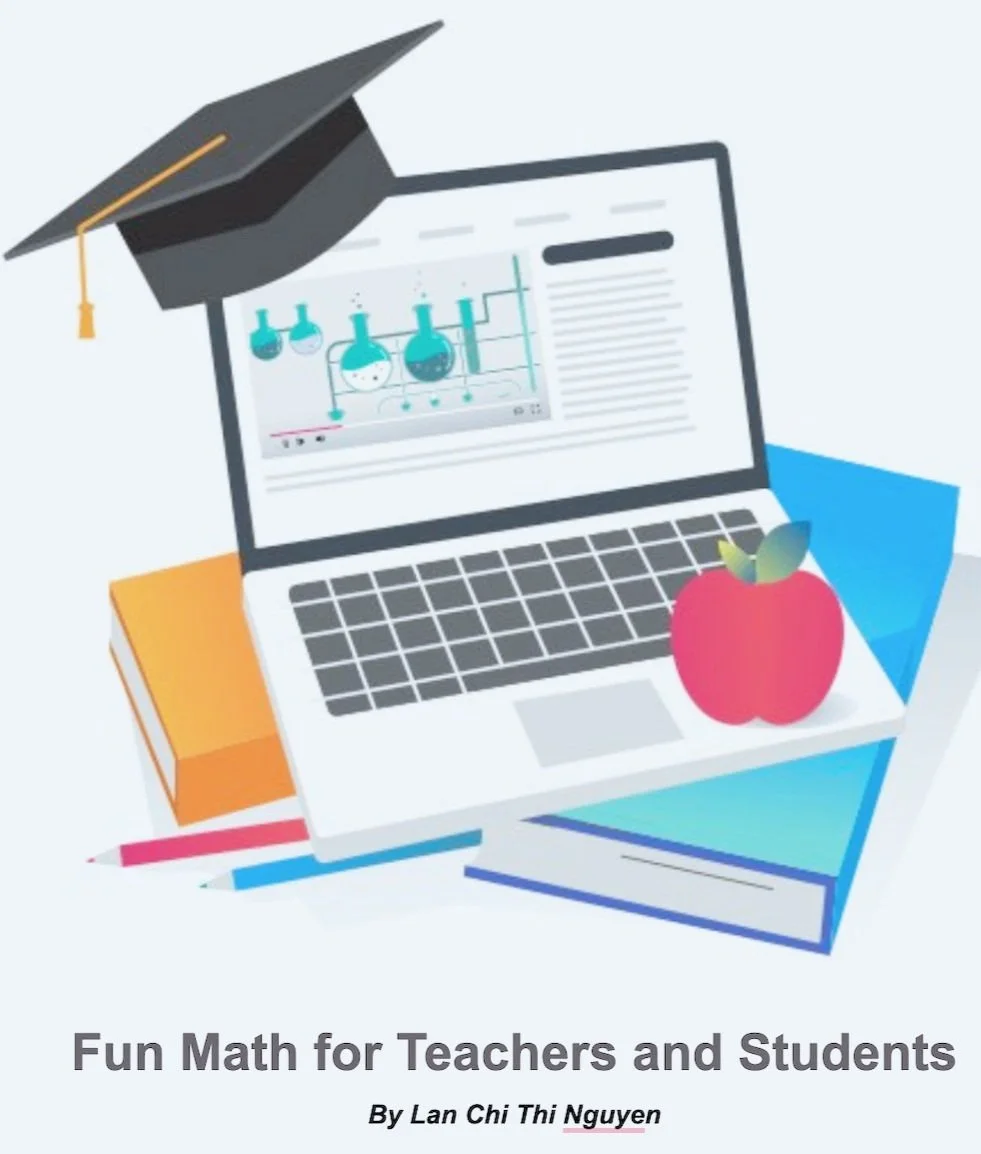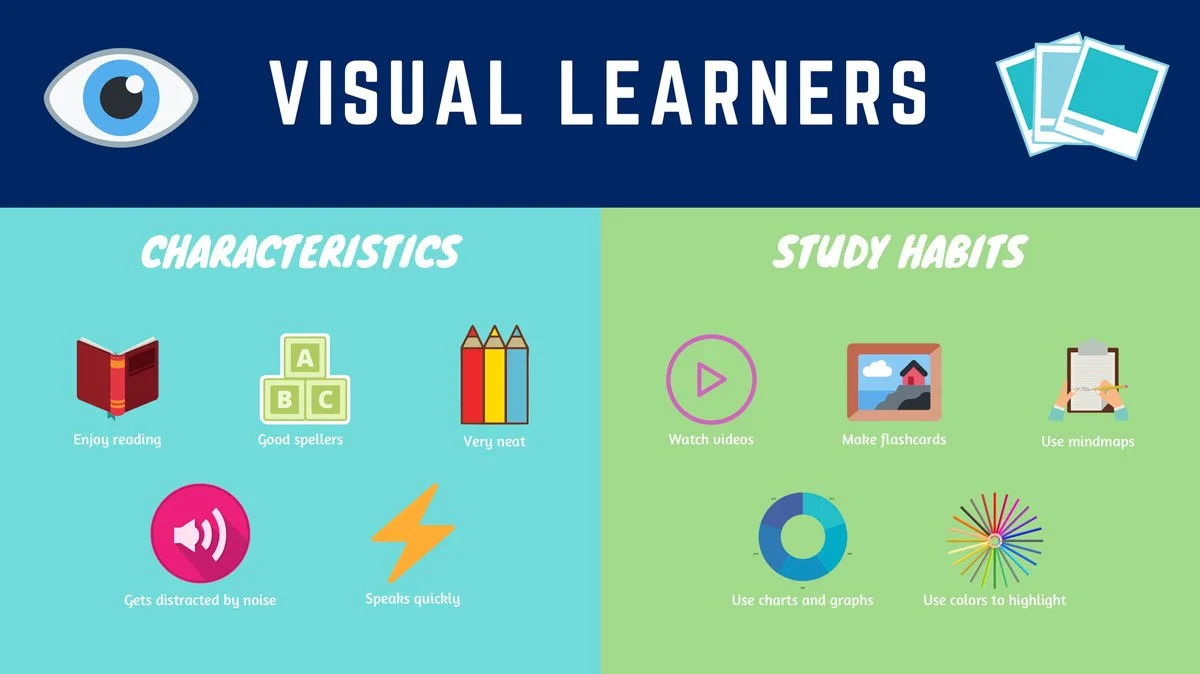Visual Learning Style
The best way for visual learners to process new information is to see it. When students/teachers learn, they will make drawings and diagrams. They remember concepts better when they are accompanied by charts or see pictures as illustrations.
- Berean Builder, 2021
Because visual learners need to know why they are learning something, it is important to point out all the ways math is useful in everyday life. Bring your visual learner with you when you go shopping, and be sure to ask him or her to help you figure out how much money you'll need. Giving them a piggy bank and having them count the money in it often will also help. Cooking together, cutting out coupons, saving for a special toy, and even building with blocks or cutting play-dough into fractional pieces are all great ways to learn math. If you look for it, you can find math almost anywhere.
When it comes to more formal math lessons, there are certain ways that visual learners can find it easier to understand. Any of the following will not only make math more fun for your child, but it will also help them remember what they learn, which is a common problem for people with this learning style.
Color, color, color! Math symbols don't mean much to people who learn best by seeing, so using color to tell the difference between addition, subtraction, multiplication, and division problems can be very helpful, especially when teaching math for the first time. You can also get around this problem by highlighting each step in a different color when you're learning sequential step problems.
Draw something. My son had a hard time learning his multiplication tables until we made a picture story for each pair he was having trouble with. Once he saw that the frog (3's) and the robot (4's) both had 12 jumping bolts, he never forgot that fact!
When you can, use multimedia software. For people who learn best by seeing, a picture is worth a lot more than a thousand words, so seeing math problems in the form of 3D cartoons is a huge help. Almost all companies that make educational software for kids have made at least one math program for kids. Through Time4Learning.com, an online homeschool program for elementary and middle school students, we were able to find a full visual math curriculum for our son.
Key is to use manipulatives. Visual learners (and kinesthetic learners) will find it much easier to learn basic math facts when they can show them in 3D. Blocks, cubes, Legos, play money (or real money), and dice can all help a visual learner "see" how all the math facts fit together.
Try The Grouping activities with your Visual Abilities:
References:
MIND Research Institute. (2011). Teaching Math Without Words, A Visual Approach to Learning Math. YouTube. Retrieved August 8, 2022, from https://youtu.be/7odhYT8yzUM.
Visual Learner Image. (n.d.). The 4 Kinds of Learners and the Best Learning Strategies for Each. Retrieved from https://en.bigbyteedu.com/news/blog/learner-kinds-and-the-best-learning-strategies.

